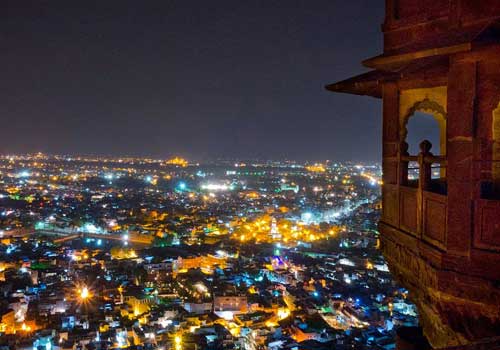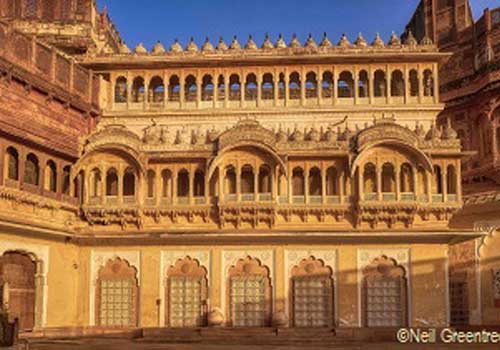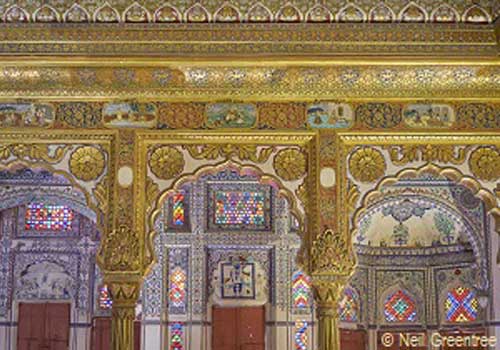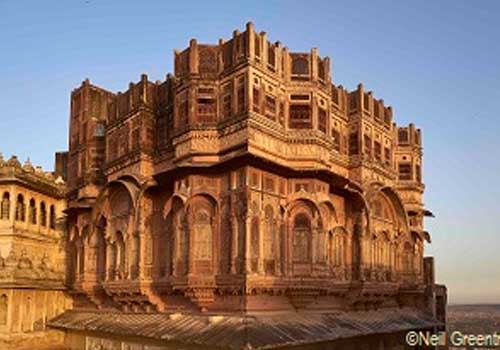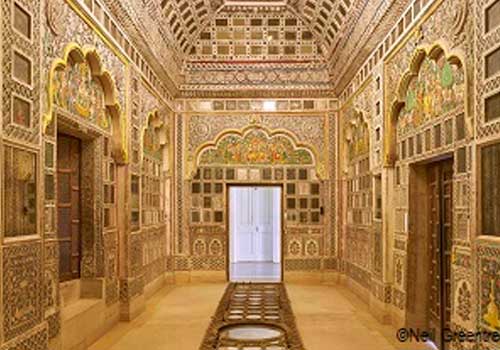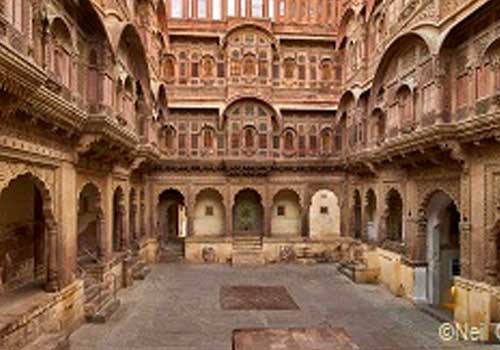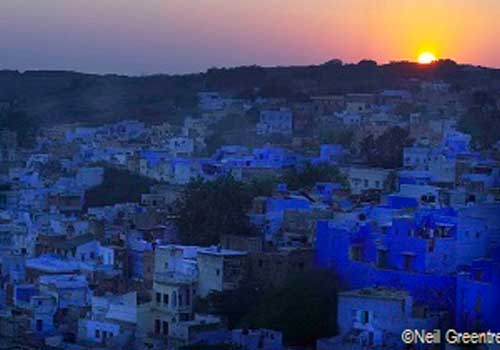venue
The current head of the Rathore clan and custodian of the fort, Maharaja Gaj Singh II, has preserved the buildings and developed the museum as a record of the lives of his predecessors. His ancestors ruled the state of Marwar and over many generations built this architectural treasure, and it falls to him to ensure that their legacy is maintained and understood.
The 36th Custodian of Marwar- Jodhpur; H. H. Maharaja Gaj Singh II, manages the Fort and the museum through his trust; Mehrangarh Museum Trust that was established in 1972.
Mehrangarh Museum Trust is India’s leading cultural institution and a centre of excellence in the field of architectural, material conservation and heritage management. Today, the Trust is at the forefront of conservation and restoration, a generous patron of the arts and music and a lively centre of academic studies.
Mehrangarh Museum has a unique importance as a repository of the artistic and cultural history of the large areas of Central Rajasthan and Marwar-Jodhpur. The museum boasts exemplary examples of 17th, 18th and 19th century collections for the fields of Miniature Paintings, Arms and Armours, Textiles, Decorative Arts and Furniture.
The Museum has also participated in many international exhibitions all over the world, displaying and sharing the rich heritage of Marwar, and interacting with prestigious institutions in the field. The remarkable painting exhibition ‘Garden and Cosmos’, was displayed at Smithsonian’s Sackler Gallery, the Seattle Asian Art Museum, the British Museum and the Art gallery at New South Wales in Sydney, Australia. The incredible exhibition, “Peacock in the Desert: The Royal Arts of Jodhpur” was displayed at the Museum of Fine Arts, Houston and is currently on display at the Seattle Art Museum.
Mehrangarh Museum Trust is a recipient of the ASIA-PACIFIC Award in the field of architectural conservation, cultural heritage and adaptive reuse, Award of Distinction by UNESCO in 2005, Fassa Bortolo Italy in 2011 and Hadrian Award in 2006 by World Monuments Fund.
The 12th century Nagaur Fort; Ahhichatragarh is also managed by the Mehrangarh Museum Trust that was shortlisted for prestigious Aga Khan Award for Architecture.
(Mehrangarh Historical Text – Reference from Giles Tillotson Book)
